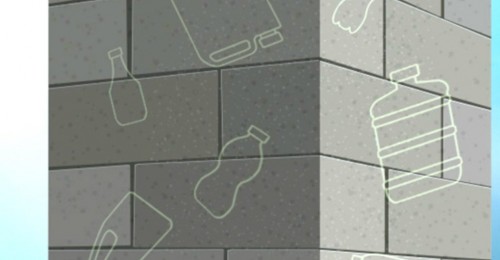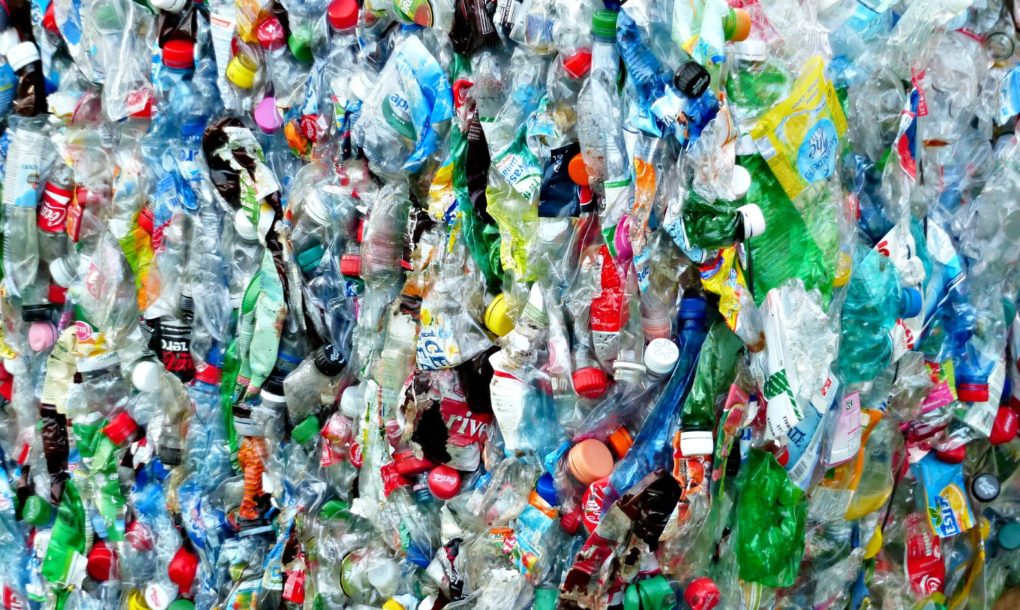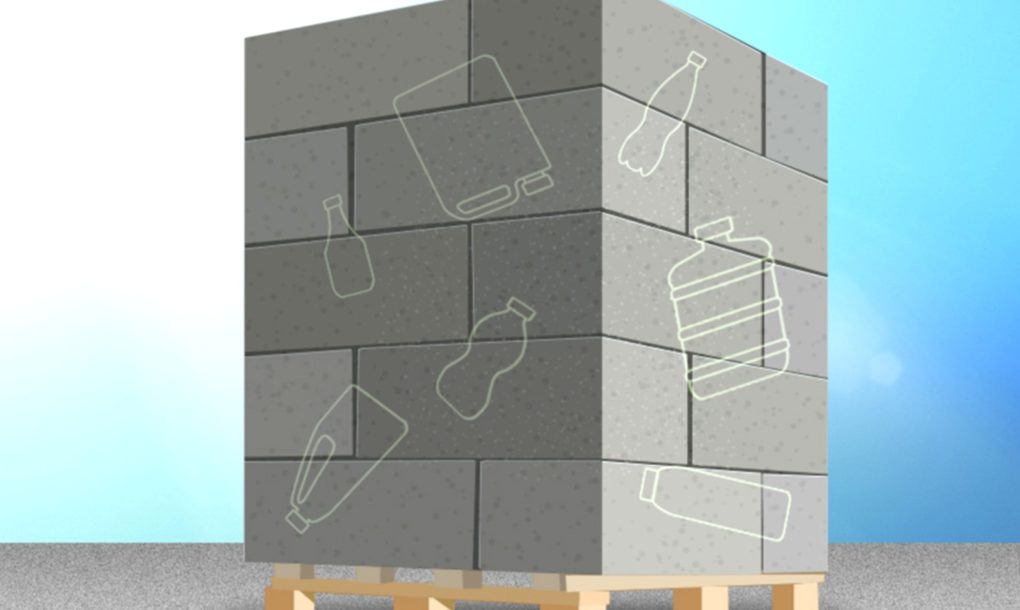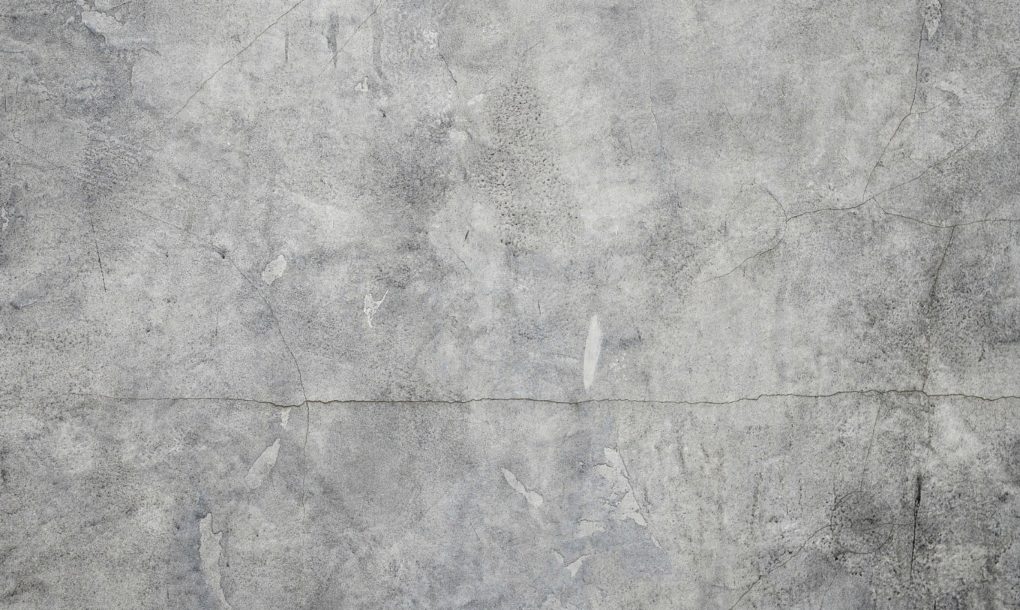RECOMMENDED VIDEOS

M & C Engineering : LOYTEC Room automation with L-ROC
M & C Engineering and Trading Sdn Bhd

ME Industries : Walnut Herringbone Flooring, Bamboo Flooring
ME Floor Sdn Bhd

CSL Technologies - LRC EKO-BLOCK
CSL Technologies (M) Sdn Bhd

Carpet Cleaning Stockport & Cheadle
Deluxe Dry Carpet Cleaning

Earthship Global Model: Radically Sustainable Buildings.
Earthship Biotecture
Related Stories
‘House of Trash’ proves how waste can transform into beautiful home design
Whimsical park built of recycled materials pops up in Shanghai
Elevated bamboo peace bridge for the Korean Demilitarized Zone unveiled by Shigeru Ban and Jae-Eun Choi
Colossal cardboard temple pops up in Chiang Mai in just one day
“Cannabis walls” add warmth to this eco-friendly home in Israel
02 Dec, 2017

MIT students find a way to make stronger concrete with plastic bottles
Green Building Materials, Construction & Design | UNITED STATES | 27 Oct, 2017
Published by : Eco Media Asia
Americans consume 8.6 billion water bottles — every year. Of those, only 1 of 5 is recycled. Fortunately, a handful of MIT students have developed a solution to this problem, and it involves repurposing waste plastic bottles to reinforce concrete. Because the newly-invented method results in the concrete being more durable than existing concrete, plastic bottles may soon be used to construct everything from stronger building foundations to sidewalks and street barriers.
According to the study, which was published in the journal Waste Management, MIT students discovered a method to produce concrete that is up to 20 percent stronger than conventional concrete. First, plastic flakes are exposed to small amounts of harmless gamma radiation. Then, they are pulverized into a fine powder, after which it is added to concrete.

The discovery has far-reaching implications, as concrete is the second most widely used material on Earth (the first is water). MIT News reports that approximately 4.5 percent of the world’s human-induced carbon emissions are generated by manufacturing concrete. By replacing small portions of concrete with recycled plastic, the cement industry’s toll on the environment would be reduced.
The newly-discovered method would also prevent millions of water and soda bottles from ending up in landfills. Michael Short, an assistant professor in MIT’s Department of Nuclear Science and Engineering, said, “There is a huge amount of plastic that is landfilled every year. Our technology takes plastic out of the landfill, locks it up in concrete, and also uses less cement to make the concrete, which makes fewer carbon dioxide emissions. This has the potential to pull plastic landfill waste out of the landfill and into buildings, where it could actually help to make them stronger.”

MIT students Carolyn Schaefer and Michael Ortega explored the possibility of plastic-reinforced concrete as part of their class’s Nuclear Systems Design Project. In the future, the team intends to experiment with different types of plastic, along with various doses of gamma radiation, to determine their effects on concrete. So far, they’ve determined that substituting 1.5 percent of concrete with irradiated plastic significantly improves the mixture’s strength. While this may not seem like a lot, it is enough to have a significant impact if implemented on a global scale.

“Concrete produces about 4.5 percent of the world’s carbon dioxide emissions,” said Short. “Take out 1.5 percent of that, and you’re already talking about 0.0675 percent of the world’s carbon dioxide emissions. That’s a huge amount of greenhouse gases in one fell swoop.”
Article from inhabitat.com
by Amanda Froelich
